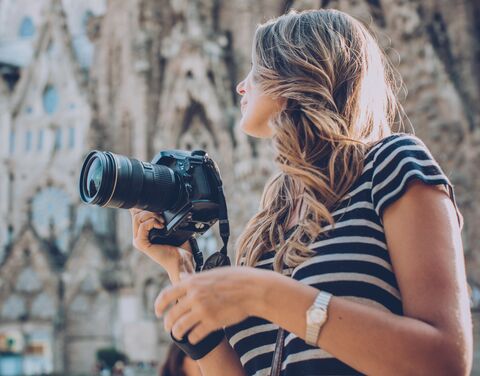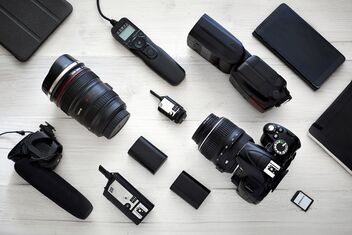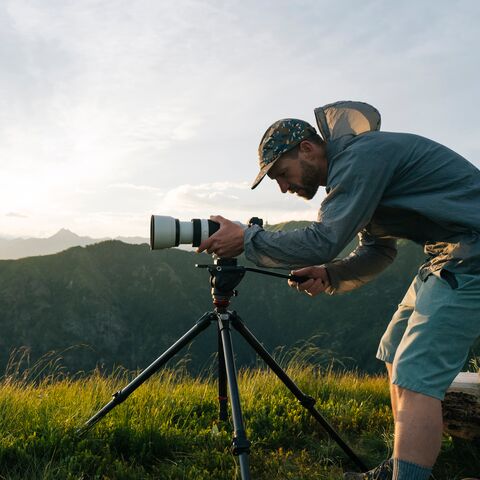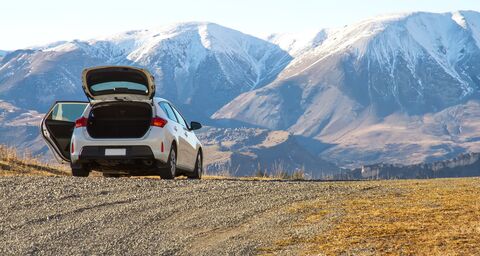
Camera theft: here’s how to protect your camera equipment when you’re traveling
Both professional and amateur photographers carry their expensive camera equipment around with them, either when they’re traveling or for spur-of-the-moment photo shoots in town. We have four tips on how to carry your equipment safely and make life difficult for camera thieves.
Tip 1: Well prepared for travel
Regularly document your equipment, particularly before long trips - you’ll be glad you did so in the event of any damage. Using your cellphone is the easiest way: don’t just take photos of the camera, but also lenses, memory cards, detachable flash units, batteries, tripods, microphones, drones and other accessories. And if you’ve already done that, then note down or take pictures of serial numbers too. Often information such as manufacturer, camera model and lens can also be picked out from existing photos in the event of loss (Exif data).

Tip 2: Well packed and well hidden
Do not unnecessarily attract thieves: if you carry your camera openly around your neck or the brand name is displayed in large letters on the bag, you are sending a clear message about the valuable content. It is better to carry inconspicuous camera rucksacks, or even better, ones that can only be opened from the inside. If thieves slash open the rucksack with a knife, there are even models with steel-reinforced straps and bottoms. If you take photos at popular places when you’re traveling, it’s best to tuck in the camera strap or wrist loop. Never leave your camera equipment in a car either - professional thieves can break in within seconds.
Tip 3: Well protected with data backups
What would hurt more - losing the camera itself or the nice photos and videos on the memory card? Regularly back up your pictures, ideally keep two backups. And, very important: separate the backed up data from the rest of your equipment and never keep both in the same place. You should keep your data backups in the hotel when you’re traveling, ideally in a safe. As well as external hard drives, cloud storage is also a good idea if the internet connection is fast enough when you’re abroad.
Tip 4: Special software
If your camera equipment goes missing despite all precautionary measures, special software can help quickly raise the alarm. For instance, a hidden transmitter connected to the smartphone via an app. If the photo bag is stolen for instance, an alarm will alert you if the transmitter is too far from the receiver. GPS trackers, such as those used for bikes, are also useful.
But what do you do if something has been stolen?
Go to the nearest police station and report the theft immediately. You need the police report as proof for authorities and insurance companies. Then report the damage to your insurance company. Thieves often try to make money from stolen goods as quickly as possible, so search through online marketplaces such as eBay for your camera and for clear identification features such as scratches or serial numbers on the accessories. If you find all or some of your stolen equipment, report this to the police immediately.





